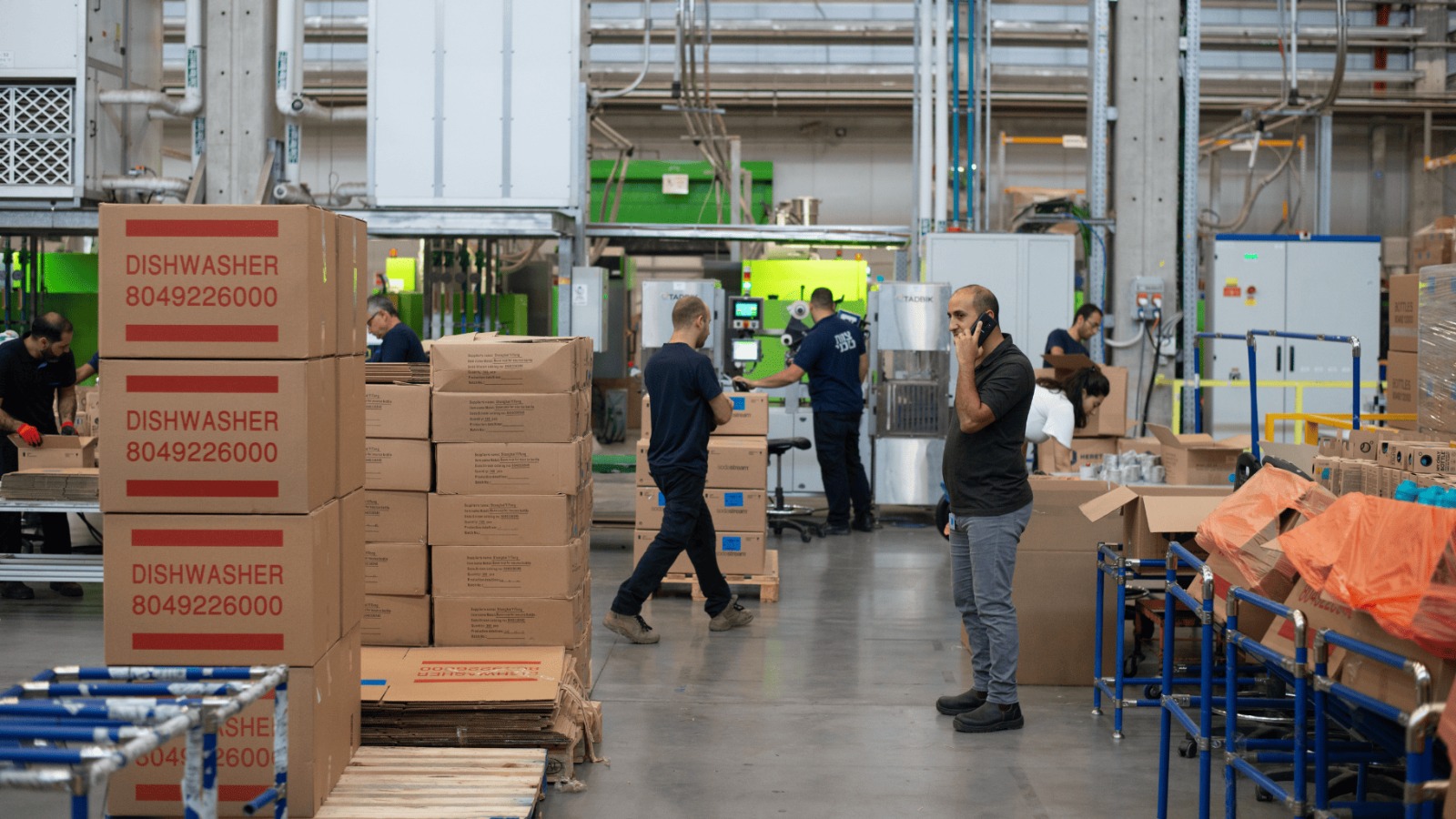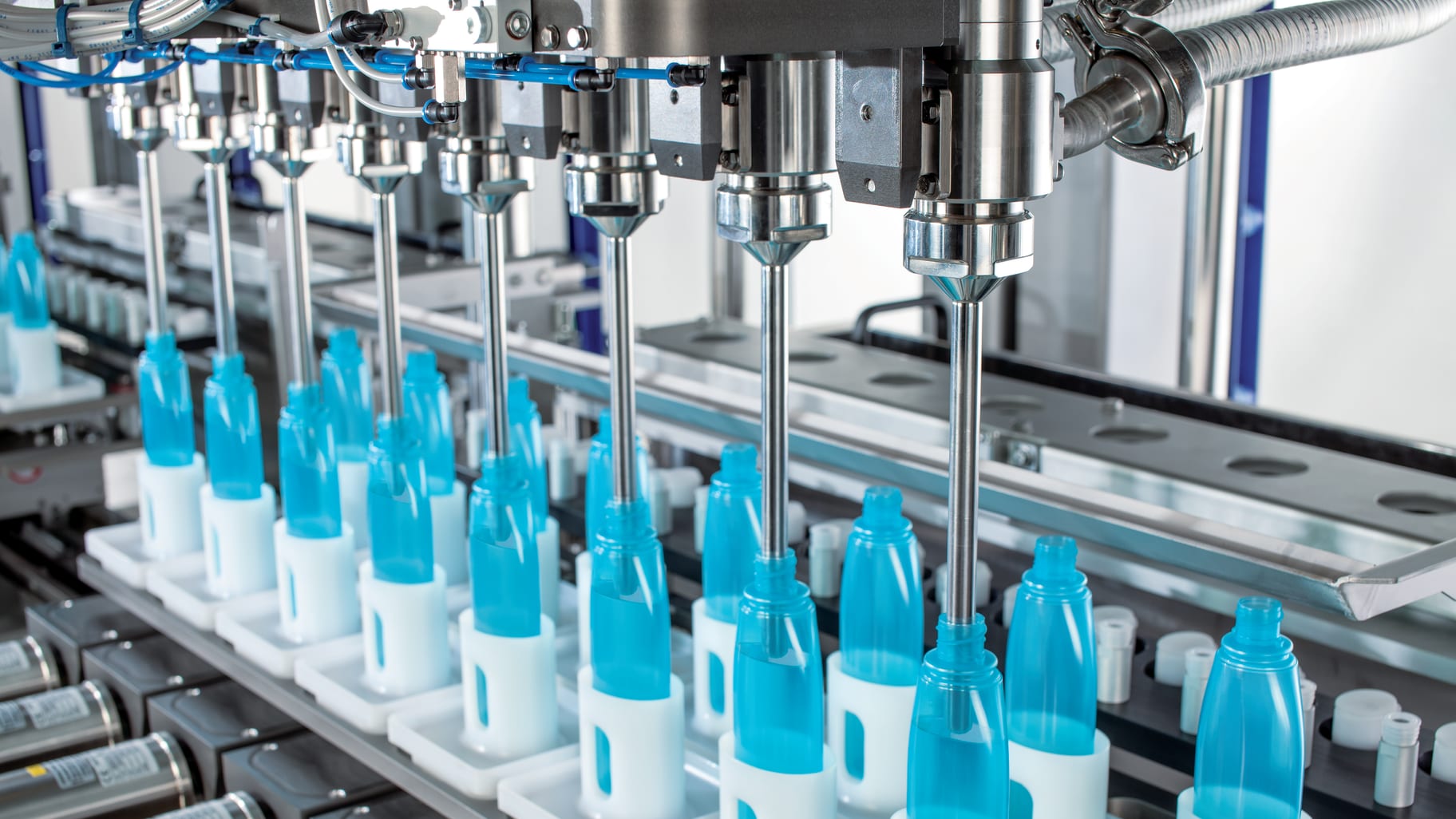**Setting Up an Ointment Manufacturing Plant: A Comprehensive Guide**
Posted on: June 15, 2024

In the realm of pharmaceuticals, the demand for ointments continues to grow steadily, driven by increasing healthcare needs worldwide. If you're considering venturing into the manufacturing of ointments, this guide will walk you through the essential steps and considerations to set up a successful ointment manufacturing plant.
### Understanding the Market Demand
Before diving into the logistics of setting up your plant, it's crucial to understand the market dynamics and demand for ointments. Ointments are topical formulations used for various purposes, including medicinal, cosmetic, and dermatological applications. Conduct thorough market research to identify trends, competitors, and potential niches to target.
### Regulatory Compliance
Compliance with regulatory standards is non-negotiable in pharmaceutical manufacturing. Depending on your location, you'll need to adhere to local health authorities' guidelines (e.g., FDA in the US, EMA in Europe). Ensure your manufacturing processes, facilities, and products meet Good Manufacturing Practices (GMP) and other relevant regulations to guarantee product quality and safety.
### Planning and Facility Design
1. **Location**: Choose a location that offers proximity to suppliers, markets, and meets zoning regulations for pharmaceutical manufacturing.
2. **Facility Design**: Design your manufacturing facility to accommodate ointment production. Consider layout optimization for workflow efficiency, segregation of production areas (e.g., raw materials handling, formulation, packaging), and installation of HVAC systems to maintain required environmental conditions.
3. **Equipment**: Invest in specialized equipment tailored for ointment manufacturing, including mixing vessels, homogenizers, filling machines, and packaging equipment. Ensure equipment is capable of handling the viscosity and other specific requirements of ointment formulations.
### Formulation Development
Developing ointment formulations involves selecting appropriate active ingredients, excipients, and base materials. Work closely with formulation scientists to optimize formulations for stability, efficacy, and consistency. Conduct rigorous testing to ensure formulations meet predetermined specifications before scaling up production.
### Production Process
1. **Material Handling**: Implement stringent protocols for receiving, storing, and handling raw materials and packaging components to prevent contamination and ensure traceability.
2. **Manufacturing**: Follow validated manufacturing processes under controlled conditions to produce ointments consistently and reproducibly. Monitor critical process parameters and perform in-process testing to maintain product quality.
3. **Packaging**: Choose packaging materials compatible with ointment formulations and capable of maintaining product stability. Consider labeling requirements and ensure compliance with regulatory guidelines for product information and patient safety.
### Quality Control and Assurance
Establish a robust quality control system to monitor raw materials, in-process samples, and finished products. Conduct comprehensive testing (e.g., potency, microbiological, stability) according to approved protocols to verify product quality and compliance with specifications. Implement corrective and preventive actions (CAPA) to address deviations and continuously improve processes.
### Distribution and Logistics
Develop a distribution strategy to ensure timely delivery of finished products to wholesalers, distributors, or directly to customers. Consider logistics aspects such as warehousing, transportation, and temperature control (if needed for stability).
### Conclusion
Setting up an ointment manufacturing plant requires meticulous planning, adherence to regulatory requirements, and a commitment to quality. By focusing on market demand, regulatory compliance, efficient facility design, formulation development, and rigorous quality assurance, you can establish a successful ointment manufacturing operation poised for growth in the competitive pharmaceutical industry.
In summary, while the journey may be challenging, the rewards of contributing to healthcare and meeting market needs can be substantial for those willing to invest the effort and resources into establishing a thriving ointment manufacturing plant.
Suggested Reads

Sustainable Cosmetic Manufacturing: Eco-Friendly Machinery Solutions
In a world increasingly concerned about environmental sustainability, the cosmetic industry is no exception. Cosmetic manufacturers are making strides to reduce their carbon footprint and environmental impact by adopting eco-fr...

Machinery Matters: Unveiling Manufacturing Insights
When we think about the products we use in our daily lives, we often overlook the intricate process of manufacturing that brings these items to our hands. The machinery behind the scenes plays a crucial role in shaping the prod...

Key Trends in Manufacturing Products and Exportation
In the dynamic world of manufacturing, staying ahead of the curve is essential for businesses to thrive and succeed in global markets. As we navigate the complexities of international trade and technological advancements, certa...

Revolutionising the Beauty Industry: The Latest Trends in Cosmetic Machinery
The cosmetic industry has always been at the forefront of innovation, constantly striving to provide consumers with the latest and greatest products. While the quality of ingredients and formulation play a crucial role, the mac...